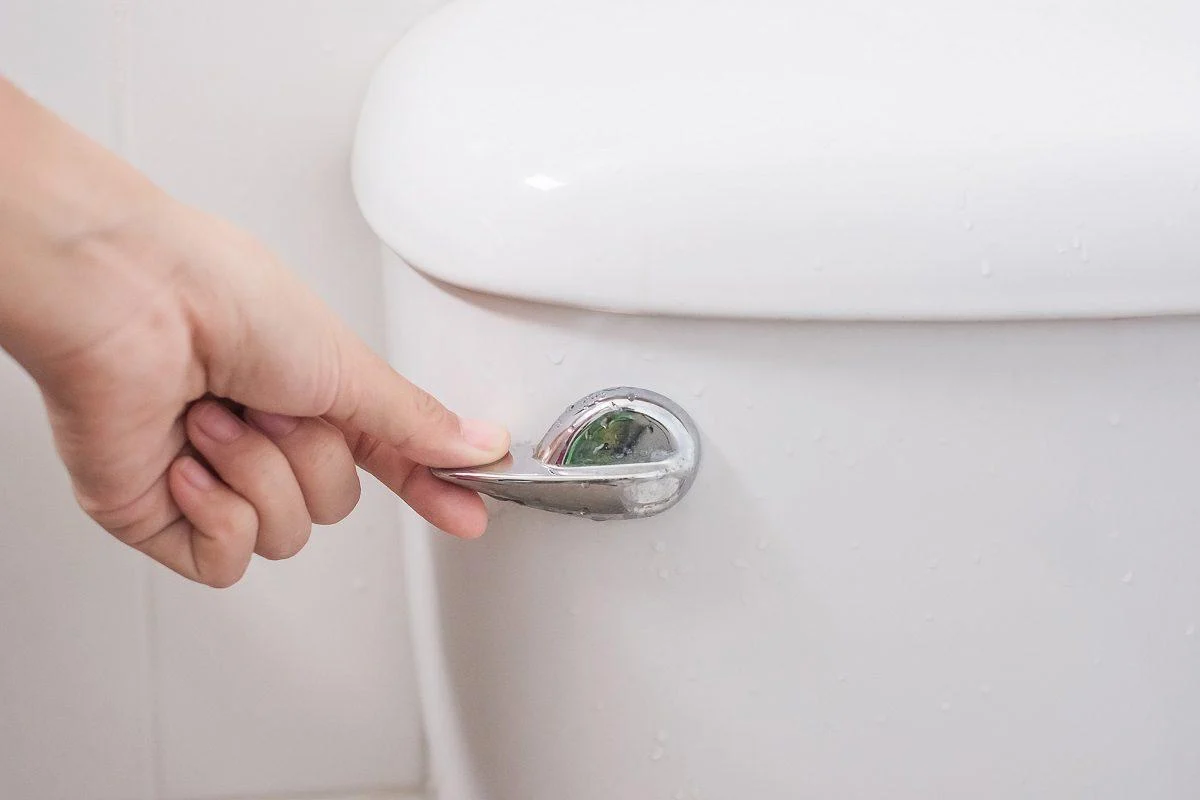When dealing with a power outage, many homeowners are concerned about various aspects of daily life, including the functionality of their toilets. Understanding whether you can flush the toilet when the power is out requires a comprehensive look at how modern plumbing systems work and the specific conditions under which a power outage might impact your toilet's operation. This article delves into the intricacies of toilet systems, explores potential issues, and offers practical solutions to ensure you can manage sanitation even when the power is down.
Understanding the Mechanics of Modern Toilets
Modern toilets typically operate using a combination of gravity and a flushing mechanism that may involve electric components, especially in advanced models. Here’s a detailed breakdown:
Gravity-Flushing Toilets
Most traditional toilets use a gravity-flush mechanism. In these systems, the flush is powered by gravity and relies on the flow of water from the tank into the bowl. Gravity-flushing toilets are not affected by power outages since they do not require electricity to function. As long as there is water in the tank and it is correctly connected to the plumbing, you can flush the toilet without power.
Electric Toilets
On the other hand, electric toilets or toilets with power-assisted flushing systems might be impacted by a power outage. These systems often include electric pumps or motors that help in the flushing process. When the power goes out, these components will not function, potentially rendering the flushing mechanism inoperative.
Impact of Power Outages on Toilet Systems
Non-Electric Toilets
For non-electric toilets, which are common in many households, a power outage will not affect the flushing ability. These toilets rely solely on water pressure and gravity. Ensure that the water supply is intact, and the toilet will flush as usual.
Electric-Assisted Toilets
Electric-assisted toilets or those equipped with smart features, such as automatic flushing sensors or integrated bidets, can be problematic during a power outage. Without electricity, these smart components will not function. However, if the toilet also has a manual flush option, it may still be operational.
Solutions During Power Outages
Manual Flushing
If you experience a power outage and your toilet is affected, you can use a manual flushing method. Here’s how:
1. Fill a Bucket with Water: Use a bucket or any available container to collect water. You can use water from a bathtub, sink, or even stored emergency supplies.
2. Pour Water into the Toilet Bowl: Pour the water directly into the toilet bowl. Aim to pour it quickly and forcefully to simulate the flushing action. This will help move waste through the plumbing system.
Alternative Solutions
1. Portable Toilets: For extended power outages, consider using a portable toilet. These are especially useful if you have multiple family members or are unable to use your primary toilet.
2. Composting Toilets: Investing in a composting toilet can be a long-term solution. These toilets do not rely on water and can function independently of power.
3. Backup Power Solutions: Installing a backup generator can ensure that essential systems, including power-assisted toilets, remain functional during outages.
Preventive Measures and Maintenance
To avoid issues during power outages, consider the following preventive measures:
Regular Maintenance
Ensure your toilet is regularly maintained. Check for leaks, clogs, and any signs of wear. This can help prevent issues during times when the power is out.
Emergency Supplies
Keep an emergency supply kit that includes water for flushing, a portable toilet, and other sanitation supplies. This preparation will make dealing with power outages much easier.
Consider Upgrading
If you frequently experience power outages, consider upgrading to a gravity-flush toilet or installing a backup power system for your electric toilet components.
Conclusion
In summary, whether you can flush the toilet during a power outage largely depends on the type of toilet you have. Gravity-flushing toilets will operate normally as they do not rely on electricity. In contrast, electric-assisted toilets may require alternative solutions or manual flushing methods when the power is out. By understanding the mechanics of your toilet and preparing adequately, you can ensure that sanitation remains manageable regardless of power status.

